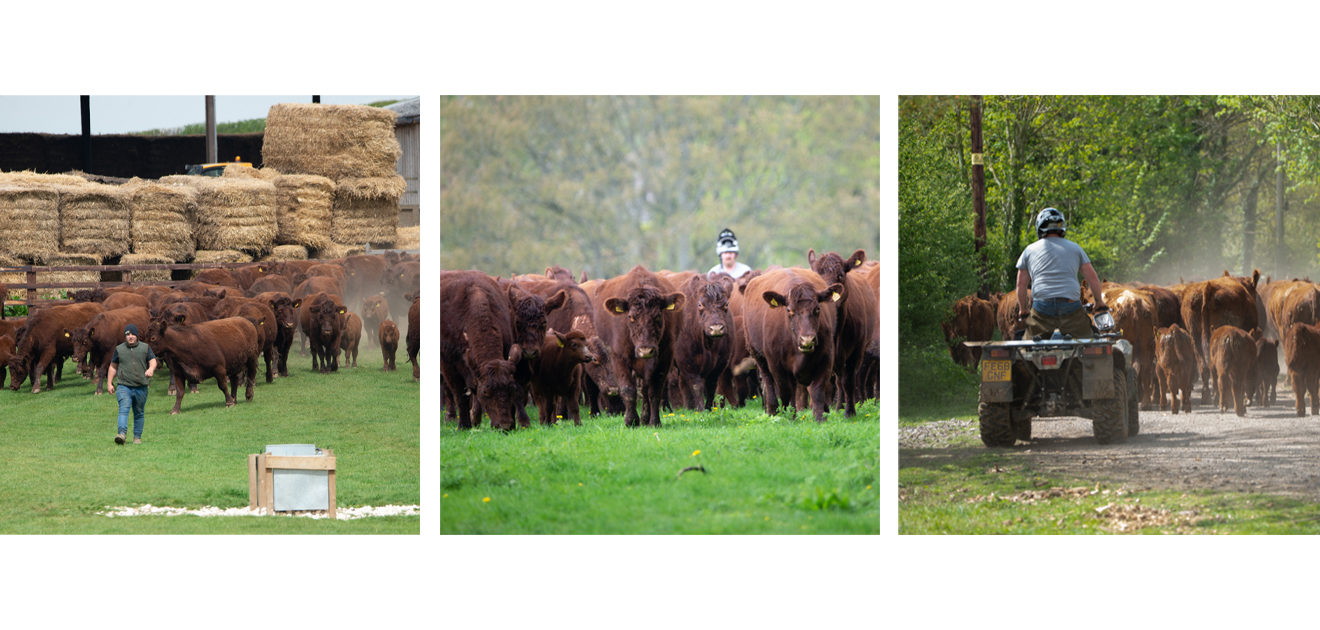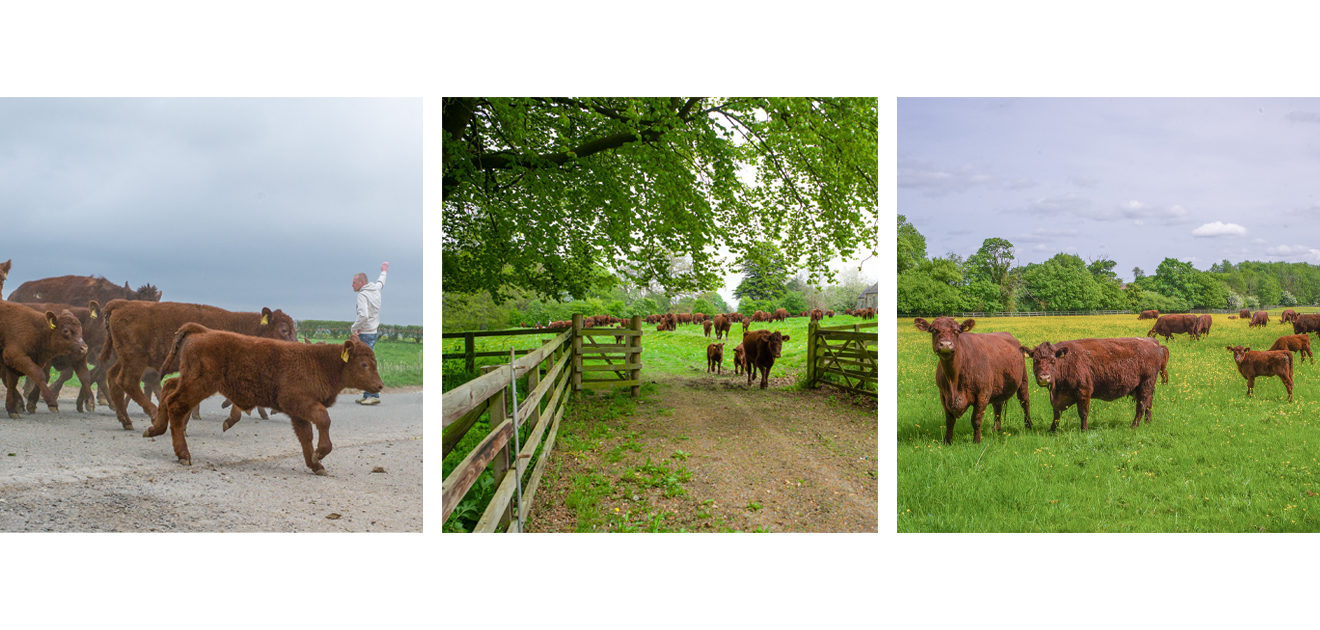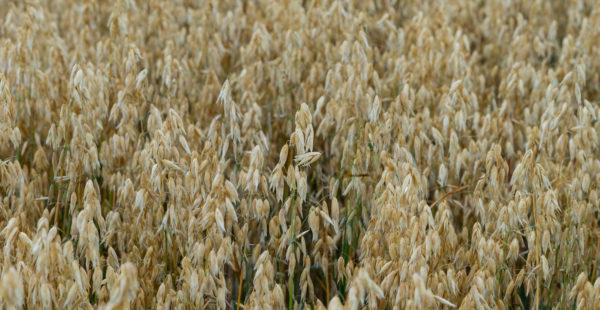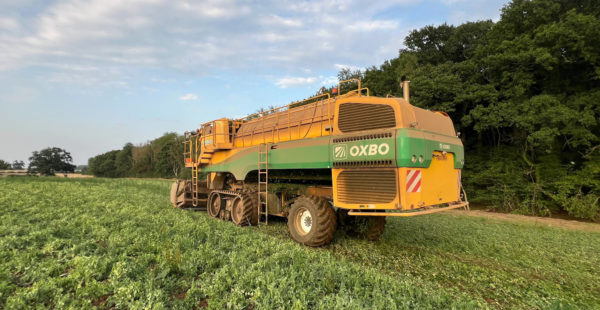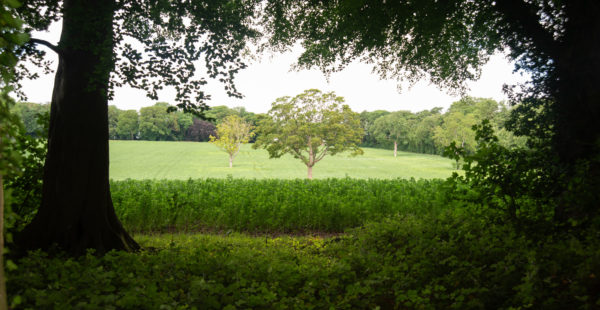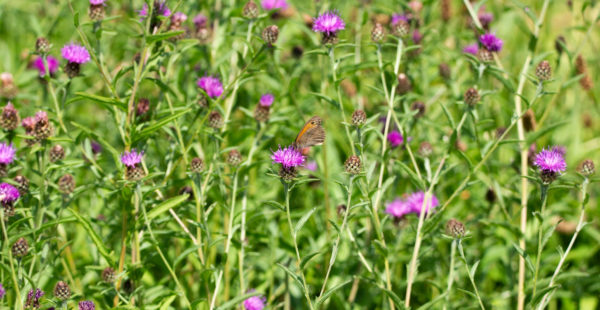Old Boss Cows, John’s Big Shoes & Running the Herd: Richard’s Story
THE NEW MAN
At South Ormsby Estate, we’re working hard to put the principles of regenerative and sustainable farming into practice and show that biodiversity and the rural economy can thrive together. Our herd of rare, native-breed Lincoln Red cattle is the keystone of our approach.
As we enjoy the spectacle of our Lincoln Red herd turning out and thriving on our summer pastures, we caught up with our new Herd Manager, Richard Lakin, to find out what it takes to manage hundreds of these charismatic bovines.
“I’m the new man,” said Richard. “John Crutchley retired and I’ve stepped into some very big shoes. Right now, I’m catching up with paperwork which should take two or three days per week. But I’m more like John – I like to be out and about with the cattle so I try to keep the paperwork down to one day.
“I had a short overlap with John Crutchley. He left me with good advice and he’s always available for me to pick his brains. We became good friends before he left and I like to check in now and again to make sure the old boy is still kicking.
“I’m originally from Snainton near Scarborough. I grew up with agriculture and the dairy business and I’ve been around livestock all my life. My mum and grandad grew up with cattle so it’s in my bloodline. I’ve milked cows in Wiltshire, Cheshire and Lancashire. I’m more at home near the east coast. I haven’t moved far; I’ve just gone miles out to come back in.
“I wanted to progress into management. I started at the bottom and worked my way to the top through sheer hard graft. The Lincoln Red breed was part of what brought me to South Ormsby Estate. I’m very into native breeds and I’m keen to bring them back up to where they should be. I kept Dexter miniatures with my parents when I was growing up, but I’ve never worked with native breeds before and I was intrigued. I wanted to jump in, learn about them and see what I could do.”


